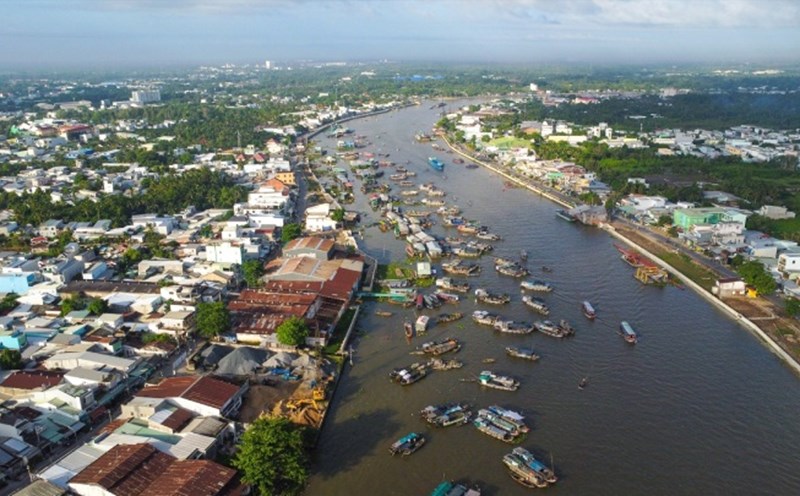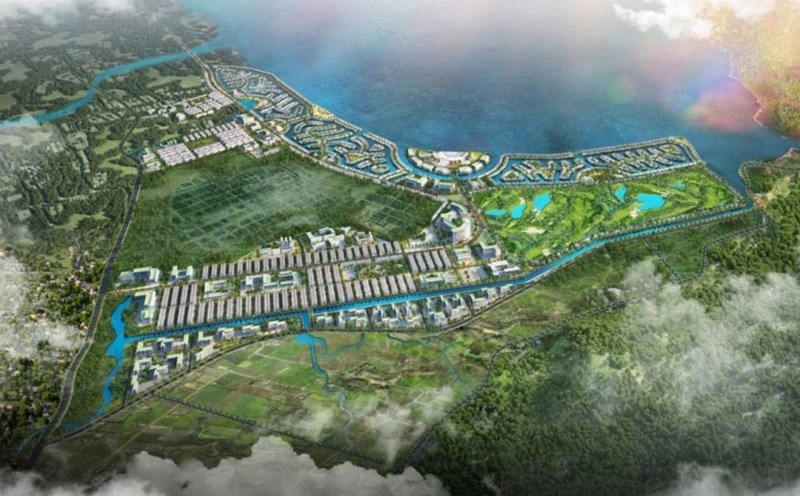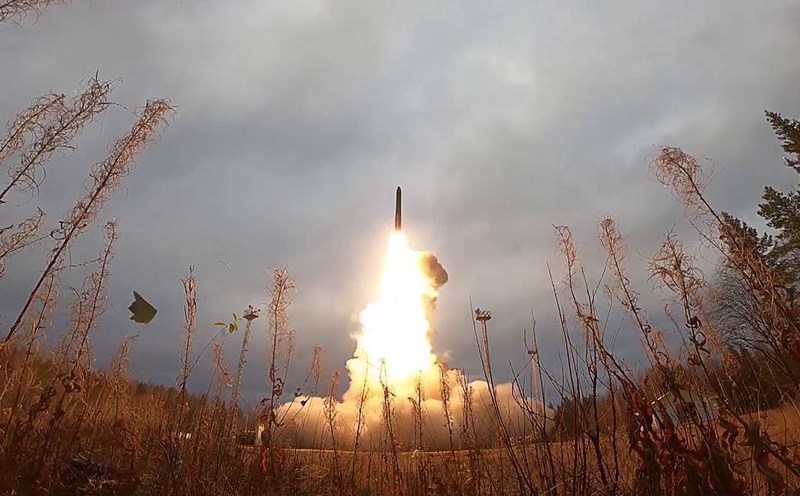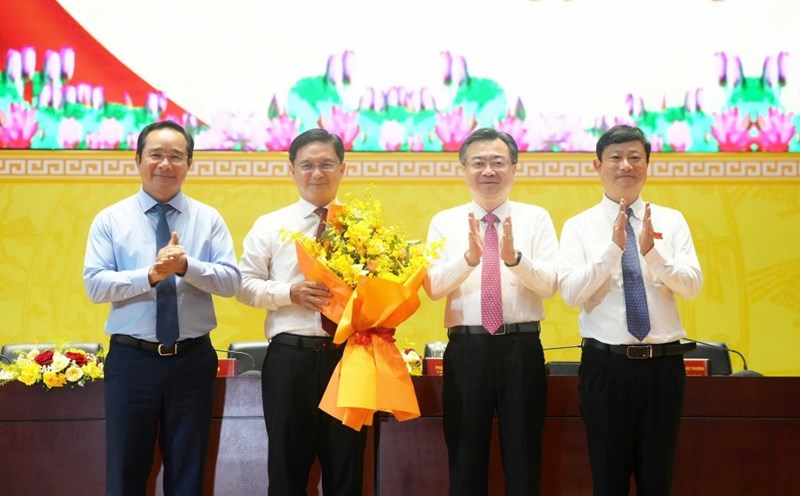Inspired by the traditional Me Linh flower village, the project devotes 65% of the land fund to landscape, infrastructure with flowers, ornamental plants, and lawns, creating a living space like a resort in the new center of the capital.
The project aims to realize the General Planning for the construction of Hanoi Capital to 2030, with a vision to 2050, while creating a highlight for urban development in the Northern Capital region, meeting the housing needs of about 21,000 people.
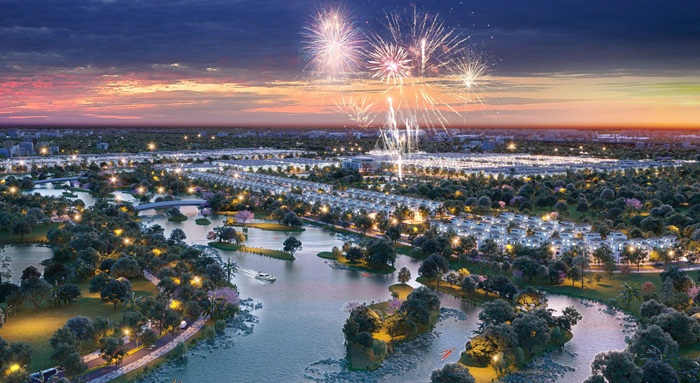
Me Linh high-end urban area has an area of 205 hectares, located in Quang Minh commune (formerly Dai Thinh, Thanh Lam, Me Linh communes, Me Linh district), Hanoi city. The project is 8km from Noi Bai International Airport and about 15km from the center of Hanoi, with a travel time of less than 30 minutes across a series of bridges across the Red River such as Thang Long, Nhat Tan and in the future, the Thuong Cat bridge is about to start construction, directly connecting to the 3.5 Ring Road of the Capital Region, which has been basically completed.
Located in a prime location, where the most developed transport infrastructure system in the North is located, intersecting with belt routes 3, 3, 5, 4, National Highway 2, Bac Thang Long - Noi Bai road, Hanoi - Lao Cai railway... residents of Me Linh Expressway Urban Area can easily and quickly connect with the city center or northern provinces such as Phu Tho, Thai Nguyen...
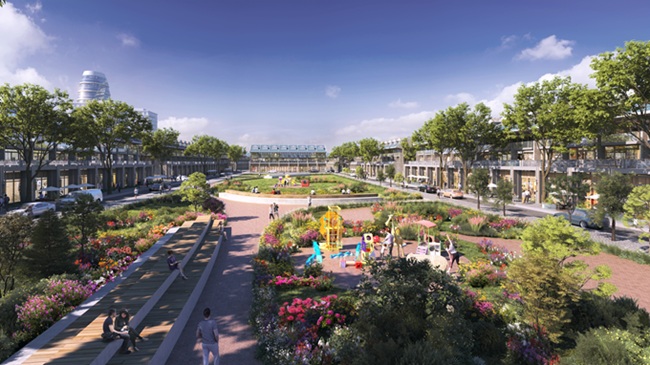
The project will develop a variety of high-end real estate products, meeting the housing needs of people in the North of the Red River and people in the inner city who want to change their living space with full amenities. This is also an attractive investment product thanks to its strategic location and welcoming the development wave of the Northern region of the capital.
The investor will reserve about 70 hectares of urban land, developing products such as townhouses, villas, and high-rise apartments. In order to create a new urban area with a synchronous planning, a place worth visiting, worth living, worth investing in for the people of the capital, while overcoming the shortcomings of urban areas in the inner city such as traffic jams, flooding, lack of parking space... investors pay special attention to infrastructure planning. Accordingly, 53 hectares (accounting for 1/4 of the total urban area) are reserved for traffic land, in addition to investing in wastewater treatment plants, parking lots, etc.
In parallel with housing development, Me Linh High-end Urban Area has many areas for developing green landscape space and modern utilities to improve living standards for residents, including: land dedicated to education (building kindergartens, primary schools, secondary schools), general clinics, sports fields, green park land, agricultural markets, etc.
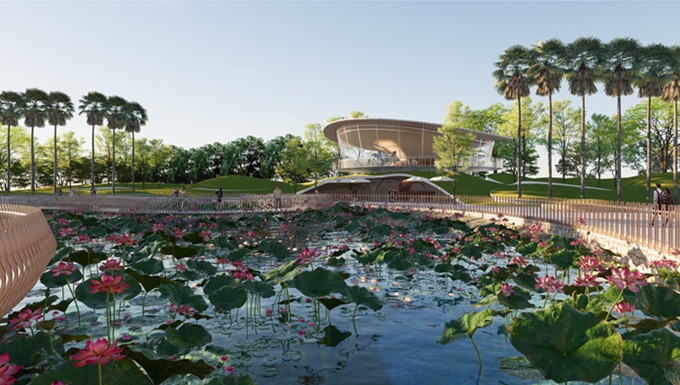
The most prominent highlight is the flower museum and flower exhibition center, turning this place into a " miniature flower kingdom", creating more convenience and experience for residents, while helping to exploit indigenous culture and the strengths of the famous Me Linh flower growing area. Thereby creating a modern and civilized new urban area while still preserving the traditional values of the land. The largest urban area on the North bank of the Red River also benefits from the cultural relics of the Soc Son Giong Temple, Hai Ba Trung Temple and long-standing craft villages.
Over the years, the northern area of the capital, including Me Linh, Dong Anh and Soc Son districts (old) has emerged as a dynamic economic development center of Hanoi thanks to the infrastructure boost, with the orientation of becoming "a city in the heart of the city". Many foreign enterprises and technology corporations have chosen to set up factory headquarters here, attracting young, highly qualified human resources from the whole North, creating momentum for a strong economic shift from agriculture to high-tech "logistics" services.
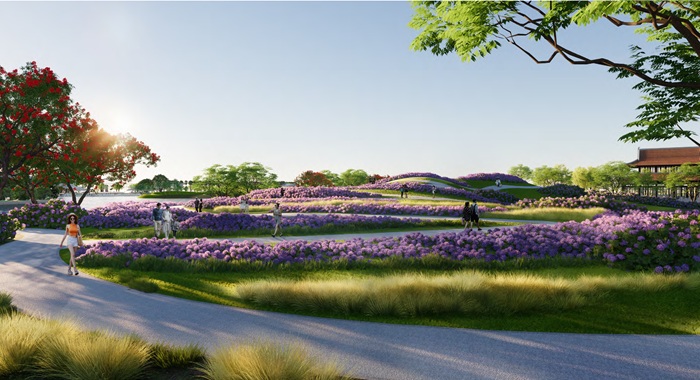
Located at the center of development, Me Linh High-end Urban Area is expected to be the "Northern Satellite City", attracting new residents to settle down and make a living as large supercities forming in the South, West and East of Hanoi. The project will contribute to creating a balanced position between the development poles of the capital, as well as a "thirst" for high-end housing products for investors in the North.

